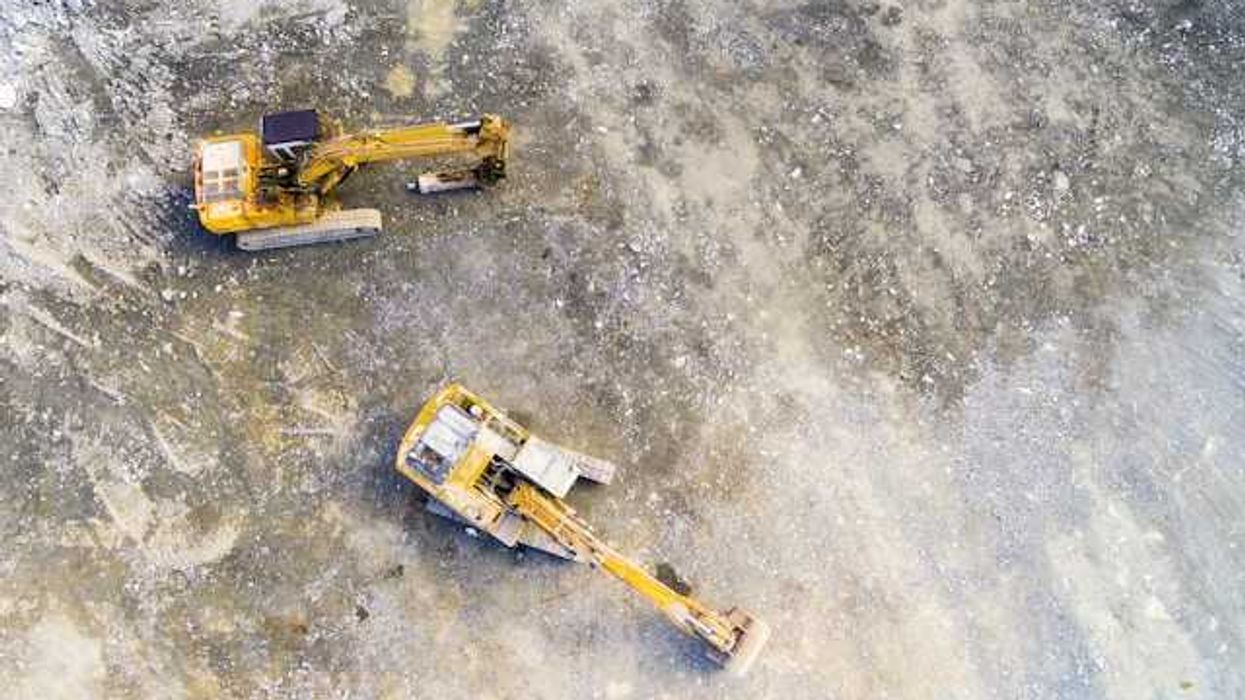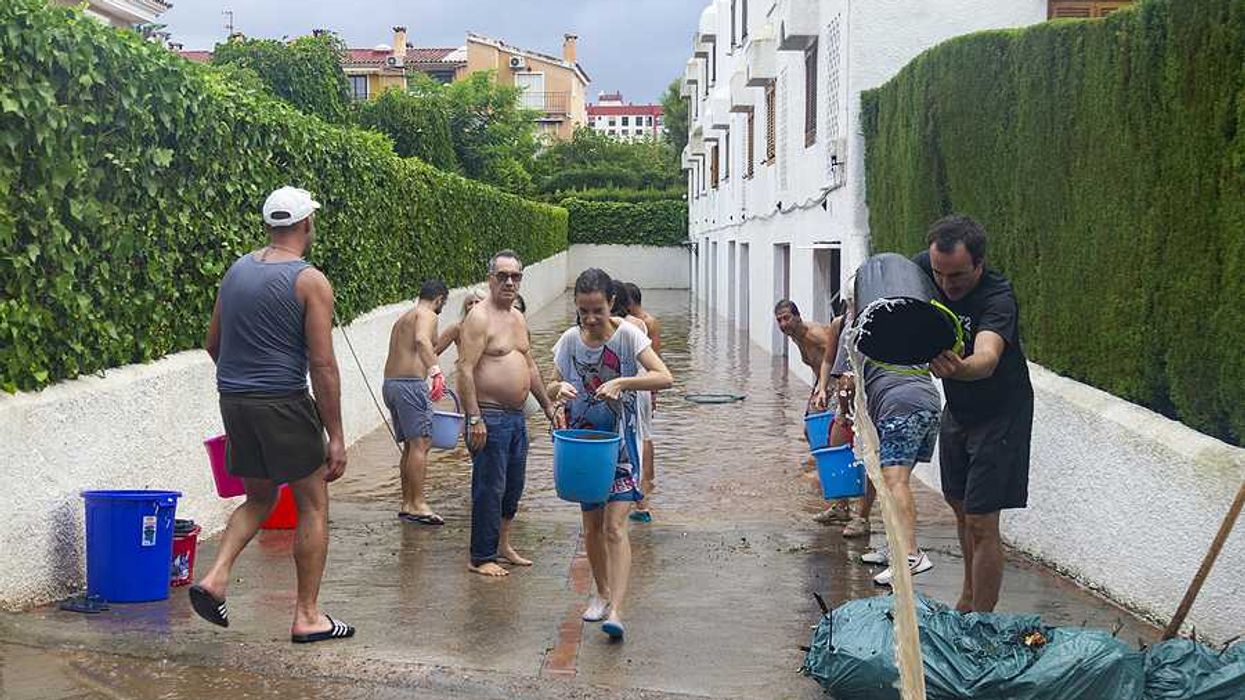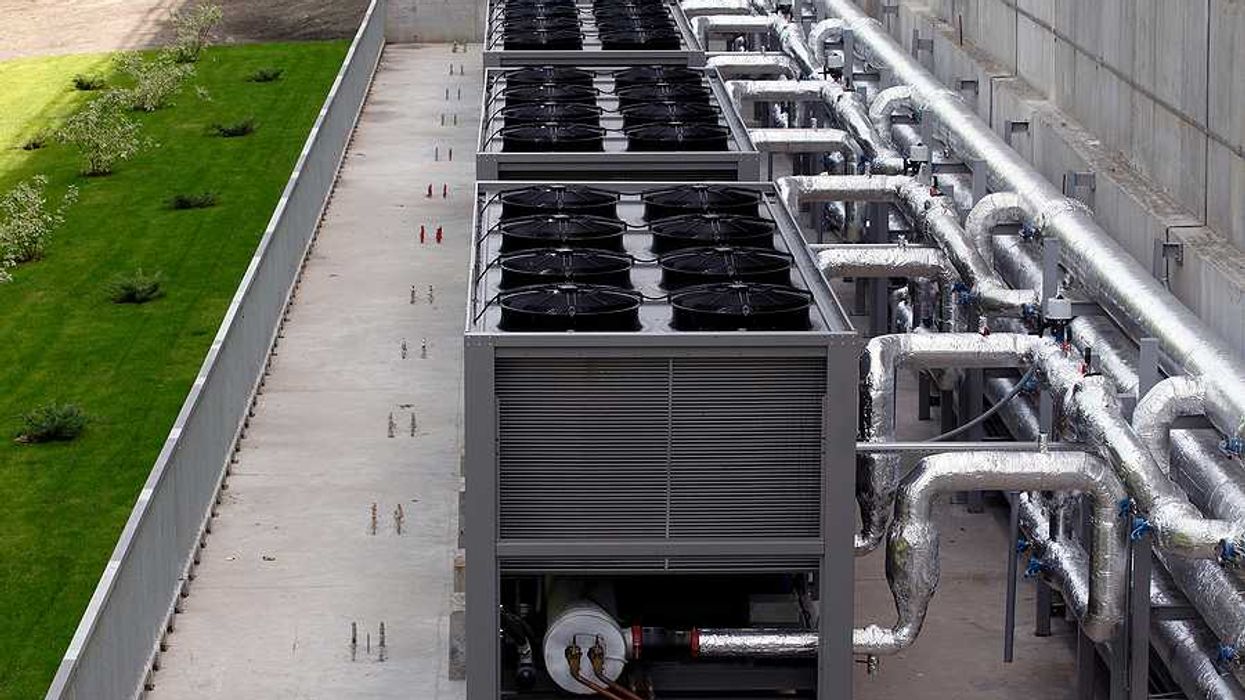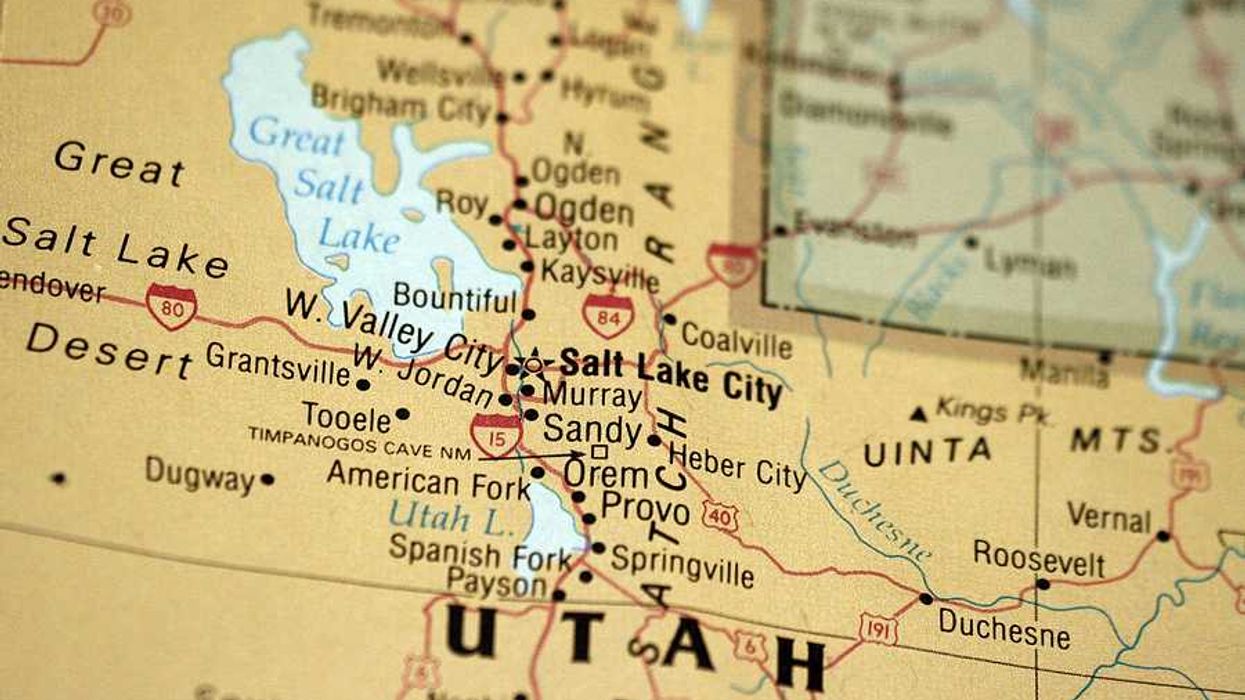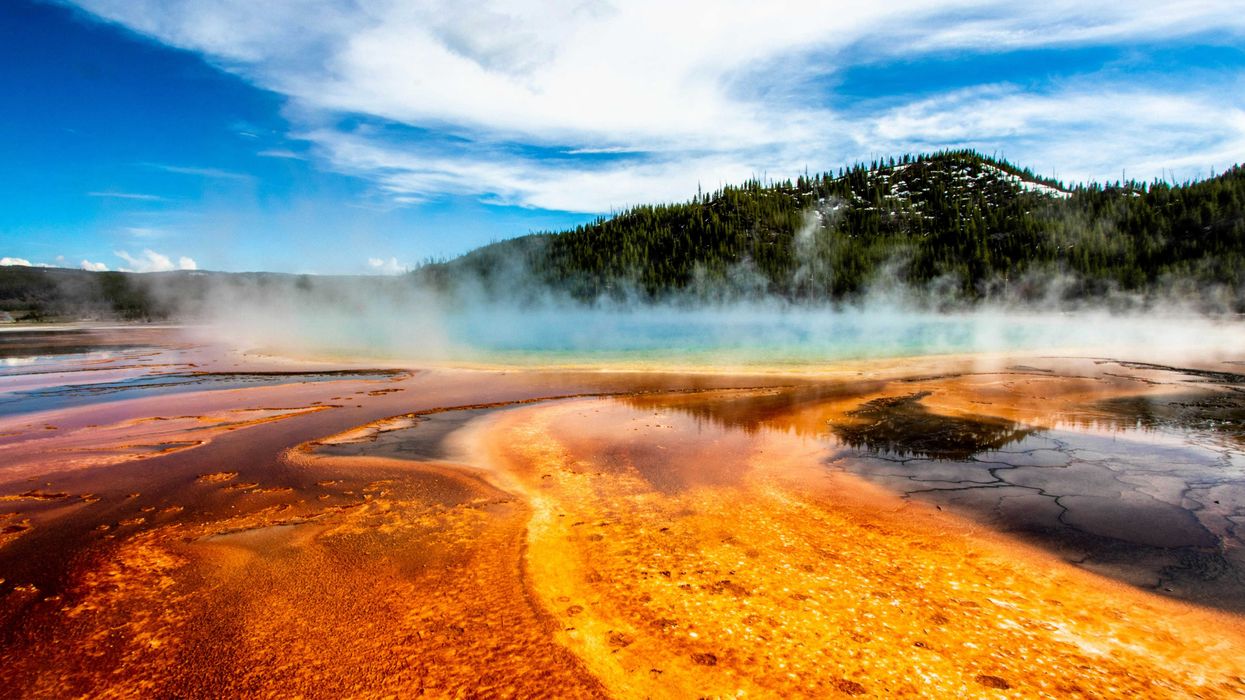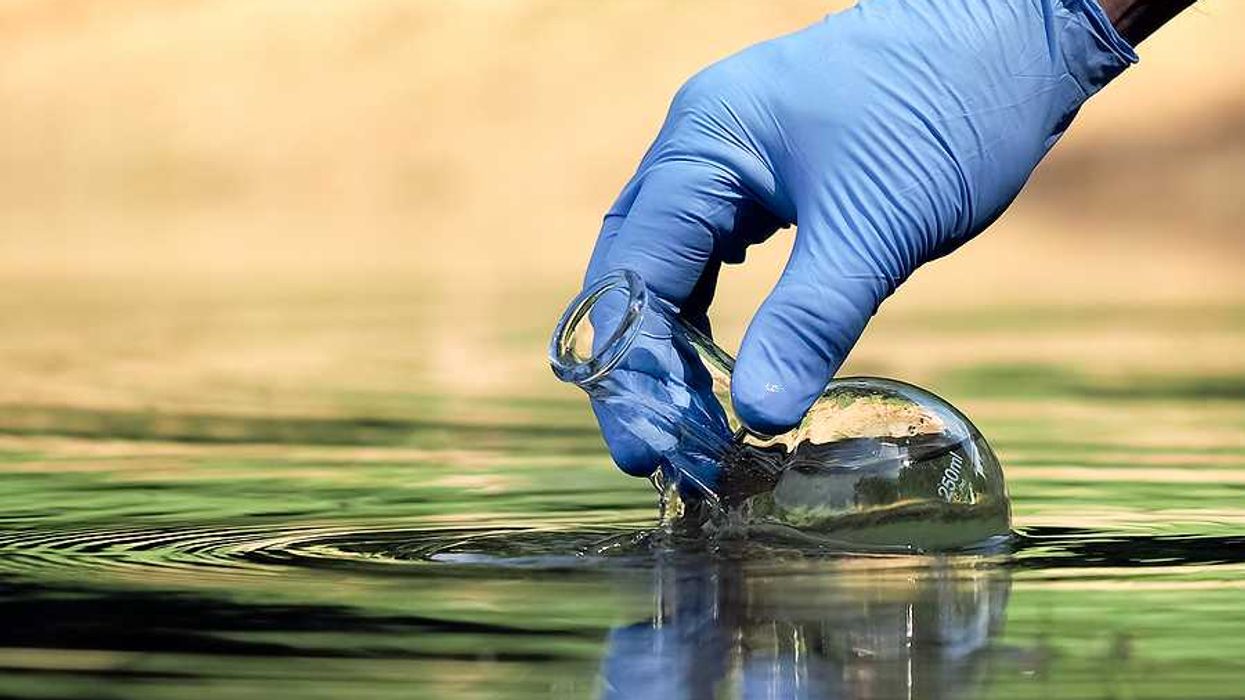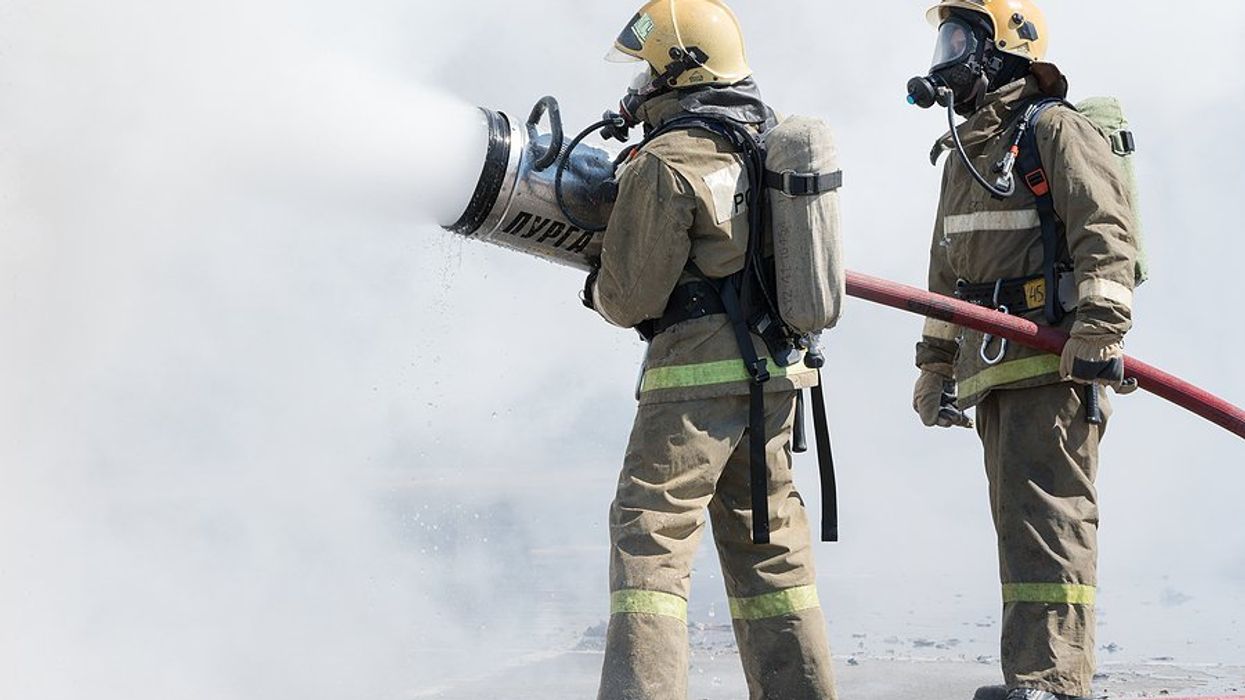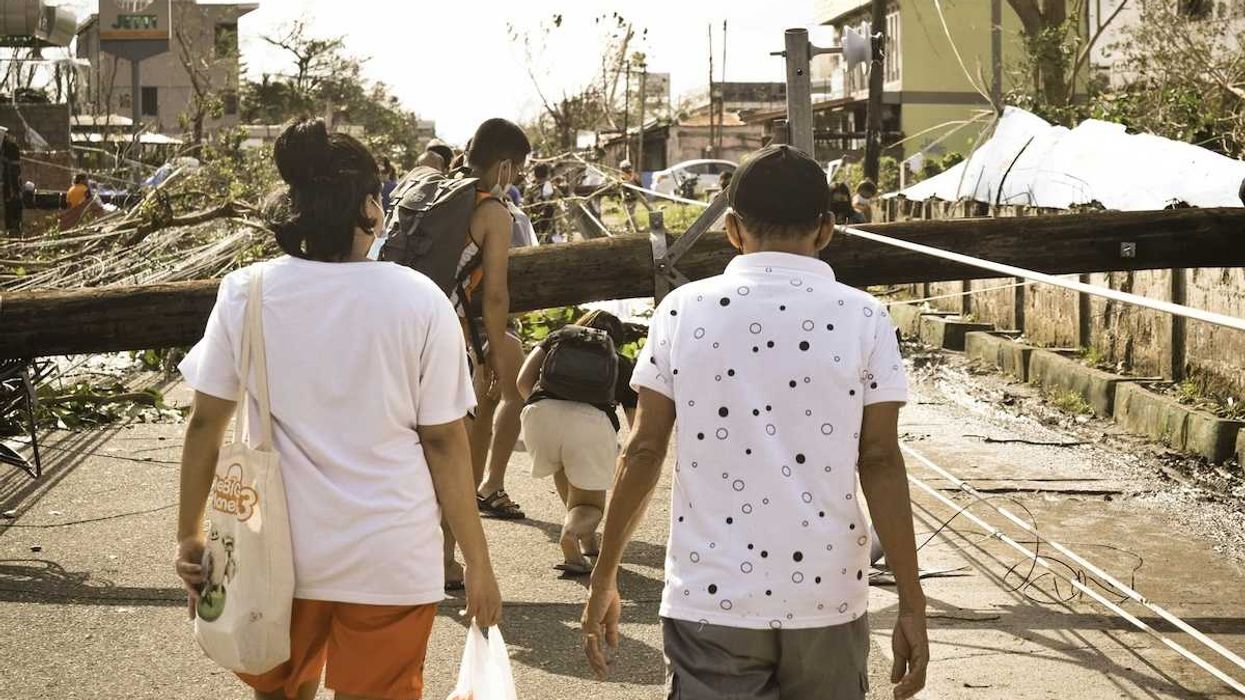Ukraine is building legal cases against Russia for widespread environmental destruction as a result of war, with long-term damage to farmland, forests, water sources, and ecosystems.
Brendan Hoffman and Evelina Riabenko report for The New York Times.
In short:
- Ukrainian prosecutors are pursuing 247 cases of environmental war crimes, including 14 classified as ecocide, with damages estimated over $85 billion.
- The 2023 breach of the Kakhovka dam destroyed irrigation infrastructure, polluted the Black Sea, and caused agricultural collapse in southern Ukraine.
- Decades of damage to soil, water, and wildlife are unfolding, from toxic flooding of abandoned coal mines to uncontrolled wildfires in mine-strewn forests.
Key quote:
“Evidence collected within criminal cases and court verdicts, even if issued in absentia, will strengthen Ukraine’s compensation claims.”
— Andriy Kostin, former prosecutor general of Ukraine
Why this matters:
The war in Ukraine has unleashed an environmental crisis with ramifications likely to persist for decades beyond the last missile strike. Once known as the breadbasket of Europe, Ukraine’s black earth now bears scars invisible to satellite images: soils laced with heavy metals, aquifers tainted by mine runoff, and air thick with asbestos from pulverized buildings. The landscape, once home to rich biodiversity, is seeing ecosystem collapse. Forests are dying. Wildlife populations are declining. And where nature frays, public health follows. Toxic remnants of war are moving through water, soil, air, and ultimately, the food chain — creating an unspooling health emergency with no front lines. The damage won't end with a ceasefire.
Read more: War in Ukraine leaves lasting scars on the environment


